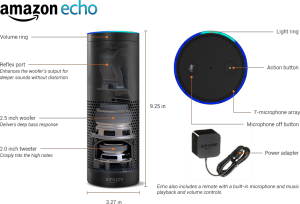3 Ways the Collaborative Economy Is Shaking Up Real Estate
The success of companies like Uber, Airbnb, and WeWork has helped usher in a new era known as collaborative consumption. The previously unknown concept of moving towards a bartering system rather than the old ownership models that we’ve grown accustomed to gives individuals the opportunity to rent or borrow goods and services from someone else. Where taxi companies would historically buy cars, Uber drivers use their own vehicle while the company brokers the deal between the customer and the driver. For Commercial Real Estate, specifically, the success of the collaborative economy has helped create disruptions in the industry. Suddenly, developers aren’t doing things the way they used to. Instead, they’re looking at ways to integrate collaborative consumption, rather than work with it. Here’s how: 1. A Larger Move towards Coworking Spaces When coworking office space companies like WeWork first started appearing in cities across the country, the office industry didn’t think much of it. After all, this portion of commercial real estate was historically one of the most resilient to change and disruption. But after the co-working industry started to get a bigger portion of the market as more corporations explore co-working office solutions, titans in the traditional office industry are being forced to come up options to compete with their young competitors, including coming up with their own co-working models. 2. Ridesharing Is Changing the Way Developers Allocate Space In cities like San Francisco and Oakland, where parking spaces are a limited and precious commodity, the success of ridesharing companies like Uber and Lyft couldn’t have come at a better time. Their popularity has helped encourage a lot of residents to ditch their cars and embrace bicycling and ridesharing. This shift towards ridesharing has even caused San Francisco to look into converting some on-street parking spaces into designated pick-up spots, in hopes of reducing congestion. For multifamily developers, this has helped reduce the need for large parking lots. Instead, parking areas have become smaller, and the excess land can be turned into something useful to everyone – like a multipurpose area or small store. 3. The Airbnb Model Comes to Retail Airbnb has created a significant challenge in the hotel industry by attracting a market that would rather live like a local when traveling rather than staying in hotels. But in the retail industry, Airbnb’s business model has been used successfully with companies like Store Front and Appear Here connecting companies looking to rent temporary stores for pop-ups, events, and other functions with available retail spaces. And with properties available by the day, month, or week, businesses can easily use these locations to help them with market research and expansion, as well as short-lived sales campaigns. Adapting to an Ever-Changing Market We’re living in a time of innovation and disruption, where we’re constantly learning new ways to use technology to enhance our lives. For this reason, it’s important that professionals working in CRE take the necessary steps to stay up to date with changes in the industry so that they’re not left behind.
3 Ways the Collaborative Economy Is Shaking Up Real Estate


